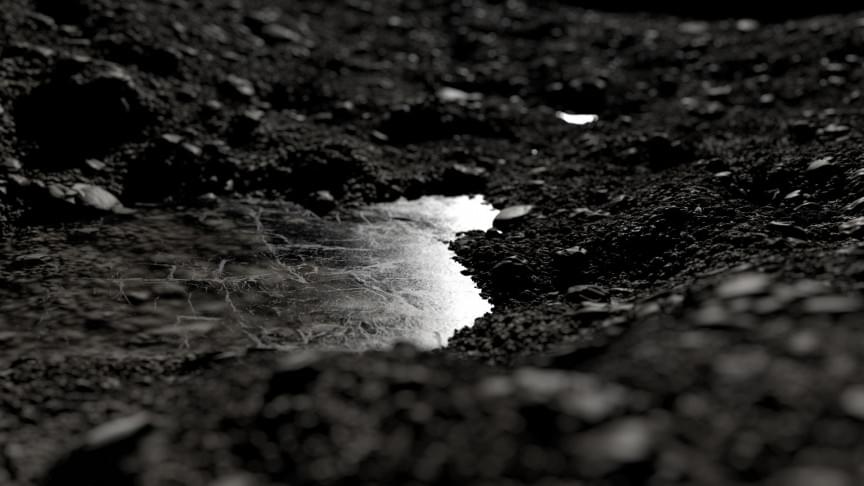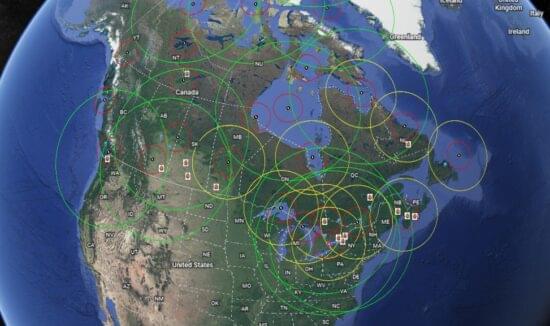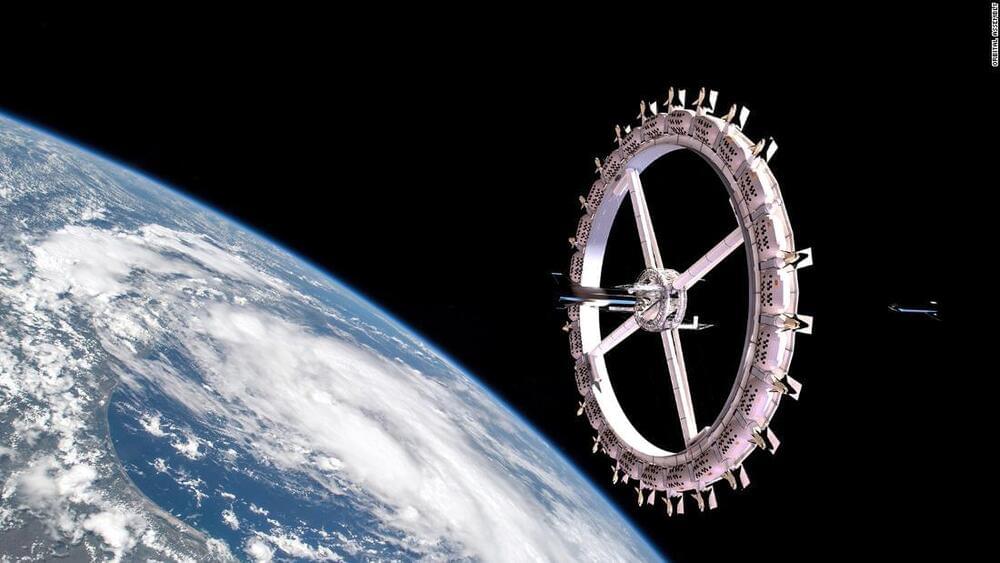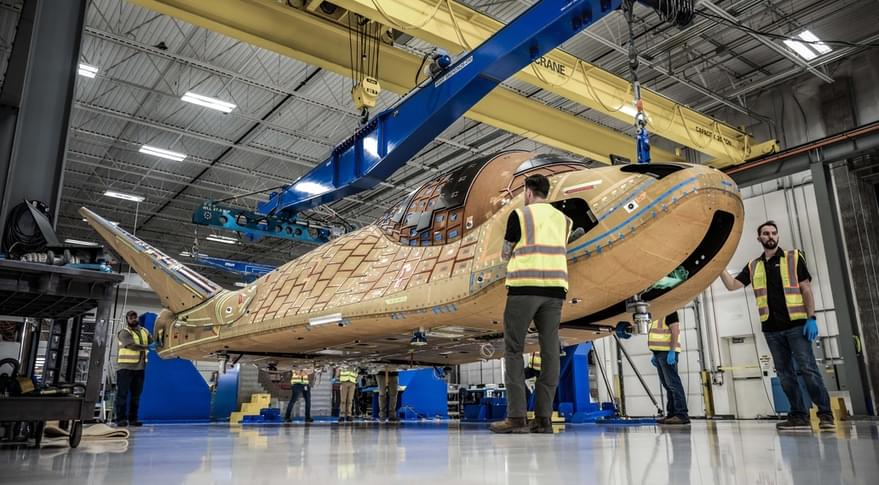Are Elon Musk and Gwynne Shotwell right? Is Mars that important? Why must we become a multiplanetary civilization?
#space #nasa #spacex #elonmusk.
Support my channel!
https://www.patreon.com/AngryAstronaut.
If you want to make a one time donation, here is my PayPal link… paypal.me/AngryAstro Note: Merch now available directly in my channel! Nuclear Winter in detail… https://eos.org/articles/nuclear-wint…
paypal.me/AngryAstro.
Note: Merch now available directly in my channel!
Nuclear Winter in detail…






